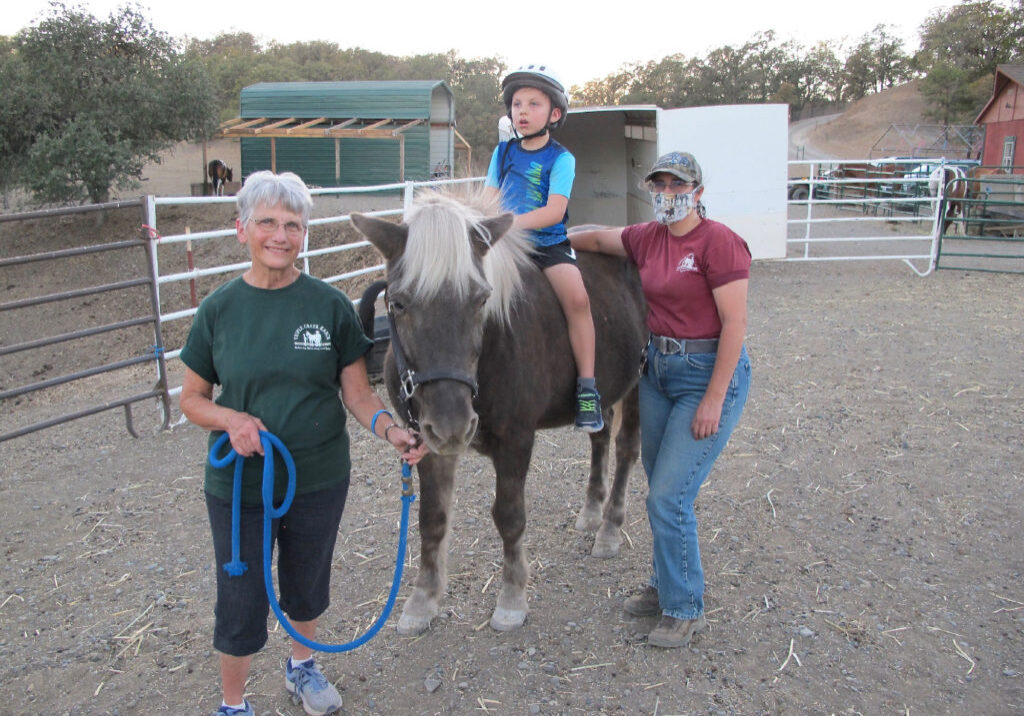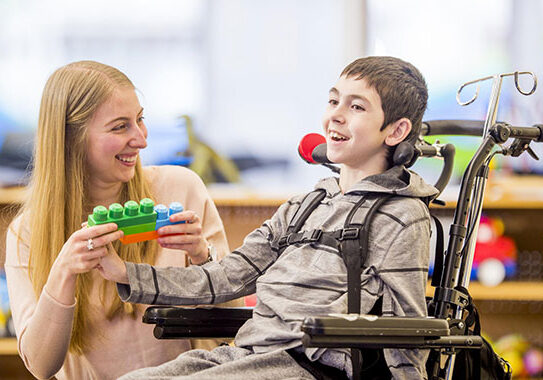Our brains are designed to produce and regulate responses to our body’s sensory experiences (sight, smell, touch, hear, and taste). For individuals with developmental disorders such as autism, the way the brain processes these experiences can cause significant distress and discomfort.
When people have sensory processing disorders, their brains may over-react to sensory stimuli or not react enough. When this happens, the sensory responses, the tactile, vestibular, and proprioceptive sensory systems, are affected.
Many special education classrooms are equipped with a sensory space to help children with such disorders. Such an area is used to provide a relaxing multi-sensory experience for children with autism, sensory processing disorders, or challenging behavior when they need a space to calm down. Sensory spaces are also great for engaging children with physical, mental, or learning disabilities.
These spaces offer several benefits such as:
- Improved mood
- Reduced aggression
- Increased self-esteem
- Expanded understanding of the environment and spatial awareness
- Improved verbal and non-verbal communication
Creating a sensory space at home
With distance learning and homeschooling on the rise, many families have struggled to provide the same sensory experiences that school or in-person therapy provided for their child.
Whether your child with special needs is learning at home or in a classroom, having a sensory space at home that encourages relaxation and quiet is always a good idea, and it doesn’t have to cost a fortune. Not many people have a whole room they can dedicate to a sensory place, and the good news is big isn’t always better! In many cases, a cozy corner will do.
Find a spot where you can quickly and easily dim the lights. If you have curtains or shades that can soften natural light, use them. One essential feature of a sensory room is that the user entirely leads the experience. Your child should decide what objects to play with and when they want to transition to the next activity, so it shouldn’t be so dark that they have trouble navigating their way around.
Essential elements of a sensory space to benefit your child
Weighted blankets. The deep pressure these blankets provide to muscles and joints can help your child calm down and relax when they need it the most.
“Chewies.” Many children with sensory issues need oral stimulation or struggle with oral motor skills. Providing sensory input to the area around the mouth, lips, and jaw offers a relaxing experience and helps with muscle tone and breath control.
Comfy seating. A room with a carpet or a large area rug with some oversized, soft seating such as beanbags or full-body pillows makes for a relaxing place to sit.
Exercise balls and ball pits. Proprioception is the body’s awareness of space and is often a challenge for children with sensory processing disorders. Exercise balls and ball pits are two cost-effective ways to provide this type of input to the spine and lower body joints.
Tactile toys. Sensory balls with bumps, fidget devices, squishy toys, or blocks with bristles are small enough to store away when not in use. You can also set up small sensory stations with rice or slime, which can get messy but are great for exploring the senses!
Studies show that sensory spaces in schools decrease negative behaviors and improve student engagement. Having a sensory area at home would benefit your child in much the same way because it would provide a sense of consistency and stability if they have a dedicated place to retreat when they’re struggling.
Posted in: Special Needs
Comment Policy: All viewpoints are welcome, but comments should remain relevant. Personal attacks, profanity, and aggressive behavior are not allowed. No spam, advertising, or promoting of products/services. Please, only use your real name and limit the amount of links submitted in your comment.
You Might Also Like...

Wings of Eagles, Wings of Angels — Safety Nets For Families of Seriously Ill Children
When a family faces the challenge of caring for a seriously ill child, many emotional, physical, and financial stresses are involved. This type of strain can have lasting effects on […]

The Benefits of Equine Therapy
Triple Creek Ranch and the Benefits of Equine Therapy Equine therapy is a treatment that incorporates horses into the therapeutic process. Along with riding, people who partake in equine therapy […]

10 Things Every Autism Parent Should Know
Words of Wisdom for Special Needs Parents, From Special Needs Parents Like most parents of children with special needs, author Gabrielle Kaplan-Mayer found herself navigating uncharted waters when her son […]

It’s Not Your Garden Variety Of Theatre Fun – Little Red Hen’s Summer Program for Children and Teens with Autism
The aptly named Not Your Garden Variety (NYGV) Theater in Chico is geared for children and teens with autism. Currently running as a six-week summer program, participants ages 4 to 17 […]




